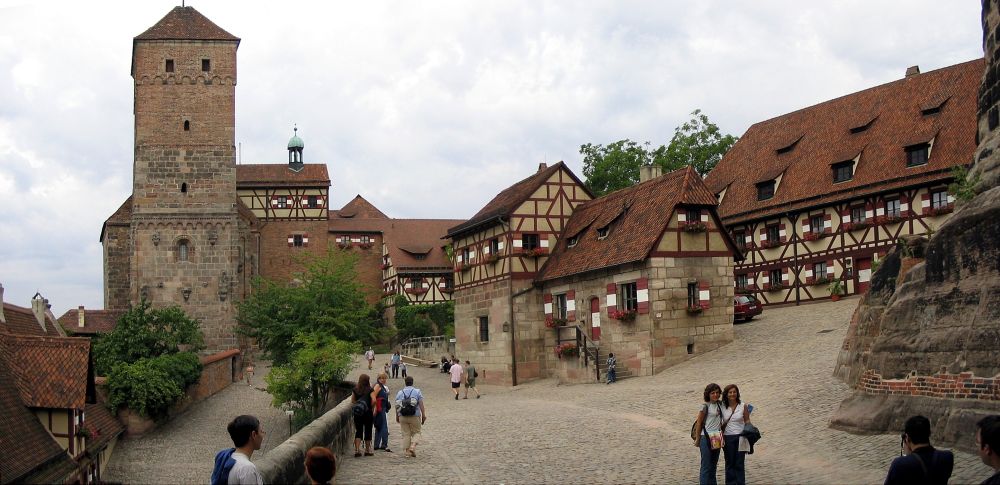

Nuremberg, a city seeped in over a thousand years of history, has long been a significant destination for travelers interested in the rich tapestry of European culture, heritage, and history. The Old Town of Nuremberg (Altstadt) stands as a testament to the city's importance through the ages. Situated in Bavaria, Germany, Nuremberg's tourism history is full of fascinating chapters that reflect its past glory and transformation over time.
The origins of tourism in Nuremberg can be traced back to the Middle Ages, when the city was a crucial center of trade and commerce, thanks to its location on key trade routes. The imposing Nuremberg Castle, churches, and rich merchant houses served as the initial attractions, drawing visitors who were partaking in the commerce and cultural exchanges of the time.
During the Renaissance period, Nuremberg became a hub of art, culture, and science, attracting intellectuals and artists from across Europe. The works of Albrecht Dürer, a Renaissance artist, and the city's flourishing craftsmanship added further allure to the Old Town. The increased interest in Nuremberg's cultural offerings laid down the early foundations of tourism, as travelers came not just for trade but also for intellectual and artistic enrichment.
Despite severe damage during World War II, Nuremberg's historical value was undisputed, leading to significant reconstruction efforts to restore its former splendor. Post-war, Nuremberg quickly understood the value of preserving its heritage sites, which were meticulously rebuilt, including the gothic churches, the city walls, and half-timbered houses. This restoration helped to rejuvenate tourism, turning the Old Town into a monumental area representing resilience and historical importance.
Since then, the Old Town has become a quintessential stop for those exploring Bavaria and the broader landscape of German history. The world-famous Christmas market, the Christkindlesmarkt, is a significant draw, bringing tourists from around the globe during the festive season.
In recent years, there has been a rise in themed tourism, with visitors being especially interested in Nuremberg's role in the Nazi era and the subsequent Nuremberg Trials. The city has carefully curated historical sites and museums that provide insight into these times, including the Nuremberg Trial Courthouse and the Documentation Center Nazi Party Rally Grounds.
Eco-tourism and sustainable travel are also gaining momentum, with Nuremberg offering numerous green spaces and environmentally friendly travel options within the Old Town. Travelers are seeking authentic experiences that combine history with local cuisine, craftsmanship, and traditions.
Digitalization has opened new avenues for interactive experiences. Virtual tours and augmented reality elements at historical sites offer visitors a new way to engage with Nuremberg's past. Despite the advancements in tourism trends, the timeless appeal of Nuremberg's Old Town remains its ability to merge the historic past with present-day attractions seamlessly.
In summary, the tourism history of Nuremberg's Old Town is a rich narrative of rise, fall, and rebirth, with its enduring appeal stemming from its historical significance, cultural wealth, and adaptive approach to modern tourist expectations. With its well-preserved medieval architecture and deep historical roots, Nuremberg Old Town continues to captivate the hearts of travelers worldwide and remains a vibrant portal into Germany's multifaceted past.